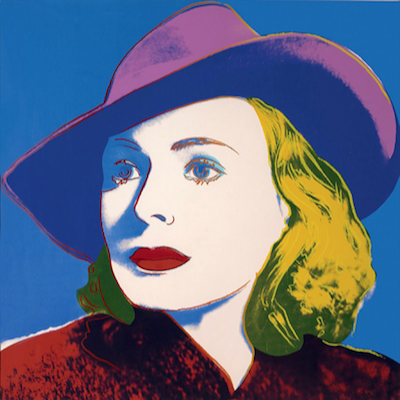
Details
Artist
Styles
// House of Cards - Blue by Larry Rivers is a compelling screen print from 1990, capturing a contemplative moment with bold and expressive lines. The artwork presents a seated woman with her arm resting on her head, lost in thought. She occupies a set of blue-striped chairs, with a towel draped over one and a mask casually placed beside her, suggesting a moment of pause or introspection. Rivers’ distinctive style combines loosely sketched elements with blocks of color, creating a dynamic interplay between realism and abstraction. The blue tones lend the piece a serene, reflective mood, contrasting with the red outline details that add a sense of energy and movement. Produced as a limited edition of 150, House of Cards - Blue invites viewers to consider themes of solitude and contemplation.
House of Cards - blue, 1990
form
Medium
Size
74 x 77 cm
- Inches
- Centimeters
Edition
Price
- USD
- EUR
- GBP
Details
Artist
Styles
// House of Cards - Blue by Larry Rivers is a compelling screen print from 1990, capturing a contemplative moment with bold and expressive lines. The artwork presents a seated woman with her arm resting on her head, lost in thought. She occupies a set of blue-striped chairs, with a towel draped over one and a mask casually placed beside her, suggesting a moment of pause or introspection. Rivers’ distinctive style combines loosely sketched elements with blocks of color, creating a dynamic interplay between realism and abstraction. The blue tones lend the piece a serene, reflective mood, contrasting with the red outline details that add a sense of energy and movement. Produced as a limited edition of 150, House of Cards - Blue invites viewers to consider themes of solitude and contemplation.
- Recently Added
- Price (low-high )
- Price (high-low )
- Year (low-high )
- Year (high-low )
Larry Rivers
Madame Butterfly, From Metropolitan Opera Fine Art I, 1978
Limited Edition Print
Mixed Media
Inquire For Price
What is pop-art?
Pop Art is an art movement that began in Britain in 1955 and in the late 1950s in the U.S. It challenged traditional fine arts by incorporating imagery from popular culture, such as news, advertising, and comic books. Pop Art often isolates and recontextualizes materials, combining them with unrelated elements. The movement is more about the attitudes and ideas that inspired it than the specific art itself. Pop Art is seen as a reaction against the dominant ideas of Abstract Expressionism, bringing everyday consumer culture into the realm of fine art.





















